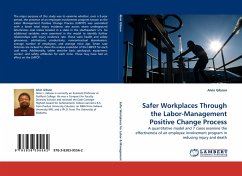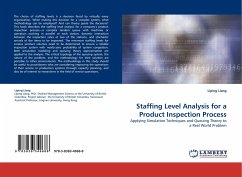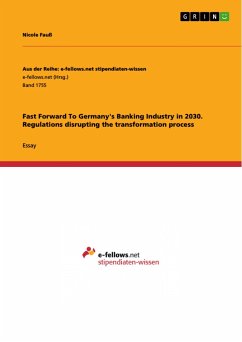The major purpose of this study was to examine whether, over a 9-year period, the presence of an employee involvement program known as the Labor Management Positive Change Process (LMPCP) was associated with a lower total injury incidence rate across seven underground bituminous coal mines located in a state in the southeastern U.S. Six additional variables were examined in the model to identify further relationships with injury incidence rate. These were health and safety grievances, arbitrations, productivity, noncontractual absenteeism, average number of employees, and average mine age. Seven case histories are inclued to show the unique evolution of the LMPCP for each coal mine. Additionally, tables describe basic geological, equipment, worker, and safety attributes for each mine. These may have had an effect on the LMPCP.








